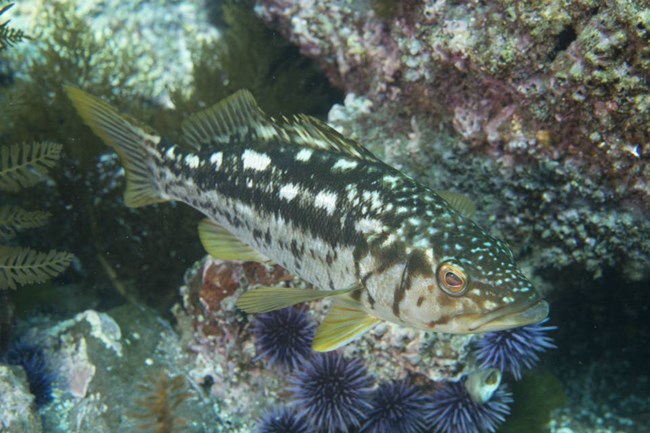
NPS Photo
Throughout history, people living along our nation’s coasts and Great Lakes have relied on fish as an important part of their food supply and as an important aesthetic feature in their environment. Today, coastal and Great Lakes national parks provide world class fishing, as well as opportunities to experience the world from a fish’s perspective by swimming, snorkeling, or diving in lakes and ocean habitats such as kelp forests and coral reefs.
As important as fish are to our lives and to our ecosystems, these animals face serious threats from issues like pollution, overfishing, ocean acidification, and climate change.
Protecting them is an important step towards taking better care of our oceans and Great Lakes, and coastal and Great Lakes national parks provide unparalleled opportunities to study and preserve these amazing animals. Understanding how best to care for our fish friends is critical to helping us fulfill the National Park Service mission of caring for all of the wildlife found in our parks.
Last updated: December 19, 2017
